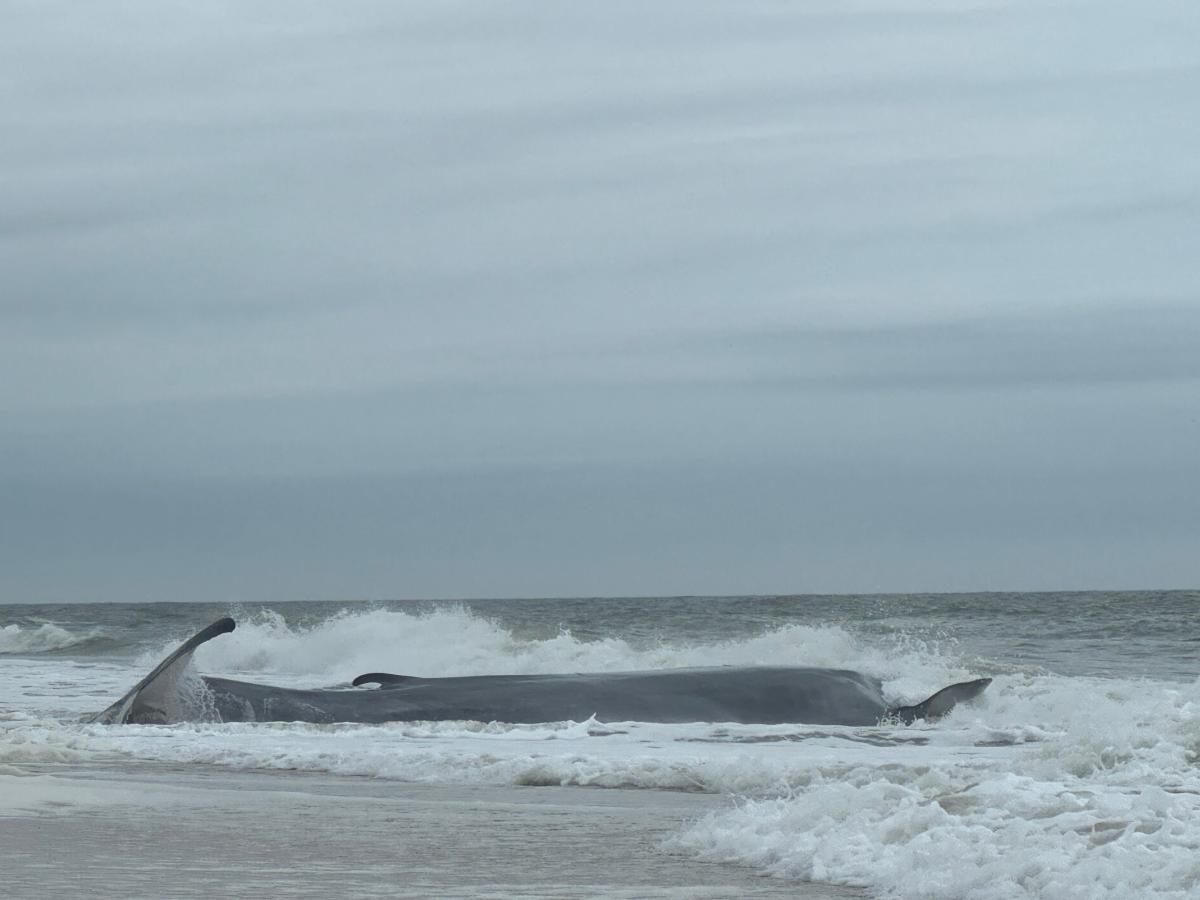When the days lengthen and the Pacific winds change direction, a massive fleet sets sail for the sunny shores of Southern California.
The arriving armada was neither soldiers, nor pirates, nor kings. They were blobs. Bright blue spots.
Velella velella, or “windward sailors,” as they are called, rode the tides en masse, eventually docking in a gelatinous congress on the beaches of the southern Golden State.
And they were there in large numbers, much to the curiosity of beachgoers in recent weeks, media reported.
“Thousands and thousands of Velella Velella jellies washed up,” wrote DelanaCaliGirl. above a photo from Huntington Beach, she posted on X on April 29.
I went for a walk and it’s time again
Thousands and Thousands of Beached Velella Velella Jellies or “By The Wind Sailors”
I need to do some research and find out what’s eating them because they’re definitely not birds lol pic.twitter.com/lpTxmxUvtX
– DelanaCaliGrl (@DelanaCaliGrl) April 29, 2024
KNSD shared a photo on April 30 of dozens stranded along Dog Beach in Del Mar, about a 75-mile drive southeast of Huntington Beach. They were also spotted in San Diegoaccording to the Orange County Register.
Velella velella is on the way, aquatic creatures living on the surfaceentirely dependent on wind for locomotion, according to the Point Reyes National Seashore, which has seen them published in March. They appear as blue discs 3 to 4 inches wide with a “sail” attached on top to catch gusts.
“Sometimes when the wind blows toward shore, large numbers of velellas wash up on shore,” Anya Stajner told the Scripps Institution of Oceanography in May 2023.
In the spring and summer, when winds pick up, mass strandings of velellas occur, like what we see on the Southern California coastline.
For those unfamiliar with them, the slimy appearance of velellas makes them resemble jellyfish. But it’s a whole different animal, experts say.
I came across these velella velellas today on the California coast.
Pretty little creatures. I’m a visitor, so how often do you California natives see these “sailing boats” on your shores? pic.twitter.com/mSiTHGZdyH
– Dixie (@Belleofthebeast) April 21, 2024
Velellas live in colonies and feed on plankton and the sunphotosynthesizing like plants, according to Johns Hopkins University.
They have tentacles that sting, like jellyfish. But unlike their more painful comrades, velella stings are not considered harmful to humans, according to Point Reyes.
Regardless, experts recommend people refrain from touching them because their sting can still be painful, KNSD reported.
Unfortunately, mass strandings of velellas do not end well for them. After spending enough time on the sand, they dry out and start to deterioratea process that makes them look like plastic discs, according to the Oregon Coast Aquarium.
According to the aquarium, the beginning of the stranding is the best time to go see them. Before long, this blue, blobby extravaganza will turn into miles of crusty stench.


